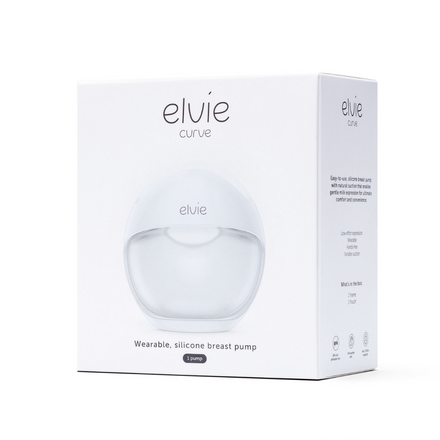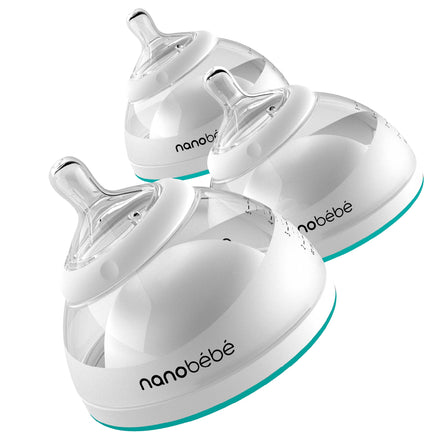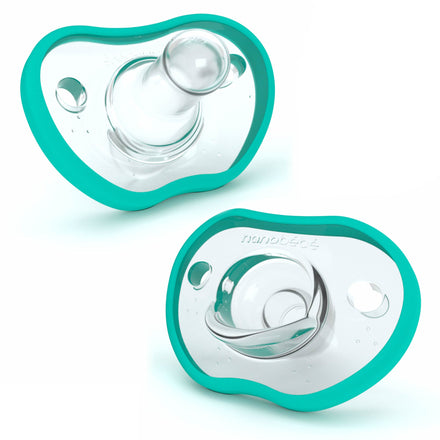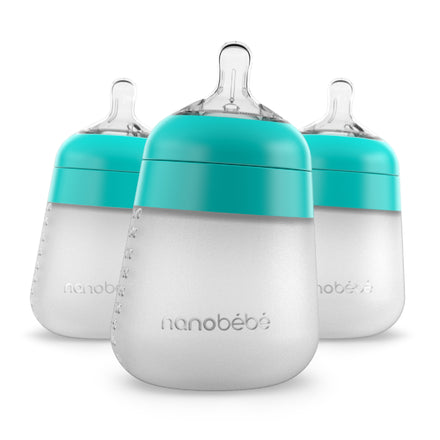Combination feeding saved my mental health
Are you wondering where to start when it comes to combination? Have you heard the term but not completely sure what it means?
There can be so many reasons why you might want to start combination feeding. For me, it was physical - I was exhausted, emotional - I was starting to become miserable and my mood was becoming low due to exhaustion, I felt at times I was just existing and the practicality of it – family members and friends could help so I could get some rest. One thing that I need you to take away from this blog is to make sure you don’t feel guilty about combination feeding. We’re all in this together and your baby will grow and thrive despite the feeding method you choose
If you’re thinking about starting combination feeding you may have a few questions (like I did) so I hope this helps;
How do I start?
General advice for combination feeding is to start around 6-8 weeks after birth. The reason for this is that you and your baby will have got into a loose routine and you will have a better idea of when to introduce a bottle. If you are like me though don’t put yourself through too much stress and start when is best for you.
It may take a little bit of time for your baby to get used to bottle feeding as it requires a different sucking action to breastfeeding, don’t be put off by this and persevere as they are quick learners. To help with this you could try giving a bottle when your little one isn’t too hungry. If they are hungry, then they will be very keen to feed and may become too distressed if you are offering a bottle when they are used to breast.
Letting someone else give your baby the bottle can also help. I found that my daughter could smell my breastmilk when I was in the room so I would go in another room while someone else fed my daughter. This worked for me some of the time, whereas other times she just wanted me.
When it comes to starting formula feeding persistence is the key, but don’t force your little one to take the bottle as they may not be ready for it. As I said, it can take time for them to change their technique.
When we breastfeed we really don’t know how much milk our baby is taking, I just knew that my breasts didn’t feel full anymore. Just because the tub of formula says how many oz/mls per hour based on age your baby should have, every baby is individual and let your baby guide you. The best way to monitor if your little one is taking enough formula is making sure they are gaining appropriate weight, having frequent wet nappies and opening their bowels (having a poo!)
What if my baby then won’t take my breastfeeds if I introduce formula?
Combined feeding can take some practice and some babies take to it quicker than others. If your little one starts to refuse breastfeeds then you could try some skin to skin. This can help baby to remember your smell, and that they did breastfed and this can also help to increase your milk supply.
You could also try different breastfeeding positions as some can help and others can hinder latch. If you lay on your back then your baby may be able to find the latch themselves. If you’re not sure on how to hold your baby, speak with your breastfeeding support for more advice. The It’s Motherhood Postpartum course also offer excellent tips on this.
You can also try responsive formula feeding as you would have previously done with breastfeeding. This will mean your little one won’t fill up on formula leaving space for breastmilk.
If your little one has a dummy, it may be helpful to reduce and then stop giving this as it requires the same sucking action as bottle feeding and can also takes the place of the breast as a comfort.
How much formula should I give?
The best way to do this is to go with what your baby wants and follow their feeding cues.
Responsive feeding will also help to prevent overfeeding and remember your little one is growing so rapidly meaning their intake will change day on day, and they will let you know how much they need.
I’d say start off with 1-2oz (30-60mls) but don’t expect them to drain the bottle as they start. Try a bottle with a smaller teat as this is more comparable with the speed of the flow of milk when breastfeeding and may also make the transition easier. If your little one takes milk too fast this can cause distress and make the introduction difficult, as well as give a negative association with bottle feeding.
Can I go back to breastfeeding from bottle/combination feeding?
Yes, you can but you may have to start pumping/hand expressing to get your milk supply back up. You can also try reducing the amount of formula you give your baby at each feed so this encourages hunger, however don’t let your baby go hungry as this will just make things much more stressful and your little one may start to feel negatively and frustrated about feeling hungry.
When your baby was born, you may have been told about the importance of skin to skin and again this can come into play and help with the reintroduction of breastfeeding. Babies have a natural instinct to breastfeed and if they are close to your breast they may then start to feed. Using a sling can also help so that your baby is close to your breasts. Try not to worry if your little one doesn’t latch on straight away, persistence again is the key and it may take some time for your baby to return to breastfeeding. However, don’t force it as this can again make it stressful for both of you.
Remember, if you have a balanced diet and breastfeed, bottle feed or do a combination of both your baby will get all the nutrients they need and grow just as they should. Try not to compare yourself or your baby to others and go with what is best for you. You’re doing amazing. Motherhood is a journey and we learn along the way.
If you are having any problems or have any other queries, feel free to get in touch with me directly or speak with a health professional.
Hannah Whittaker-Bump2Baby Nutrition
Specialist Paediatric Dietician




